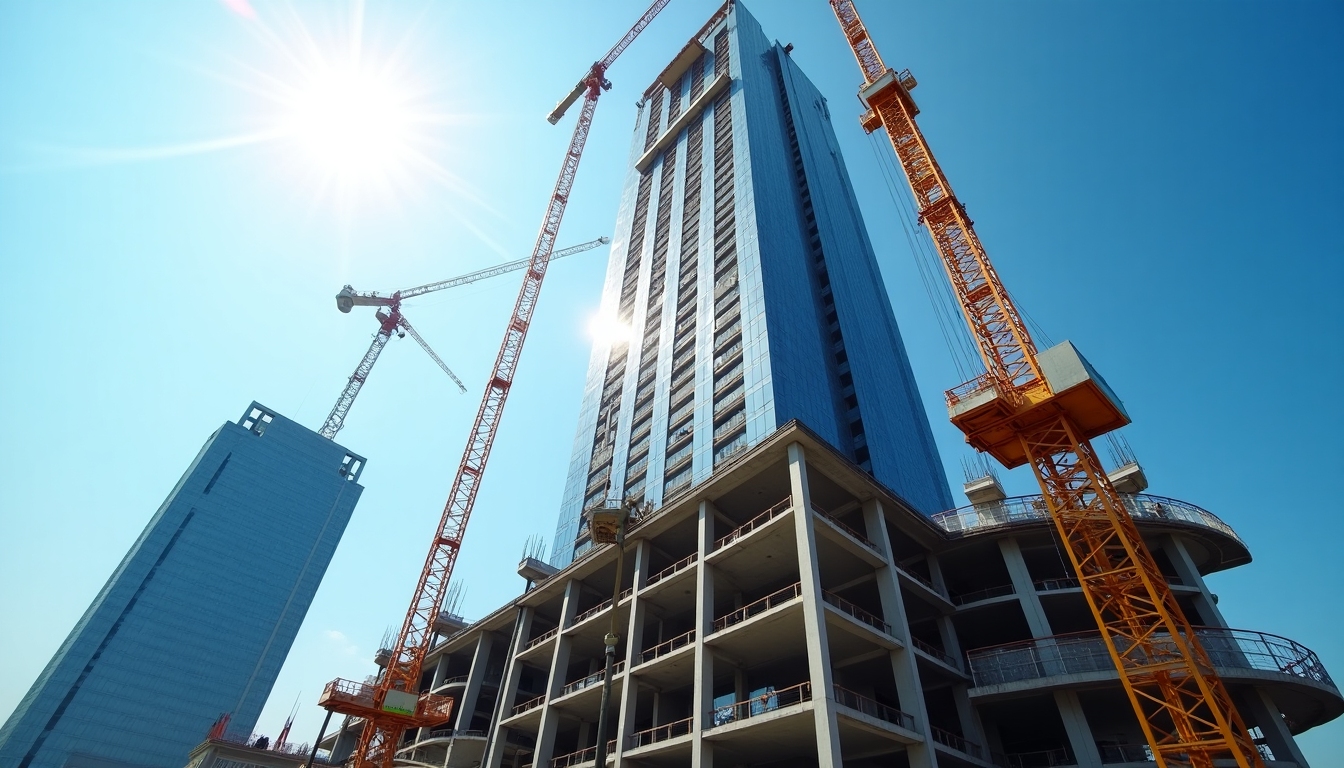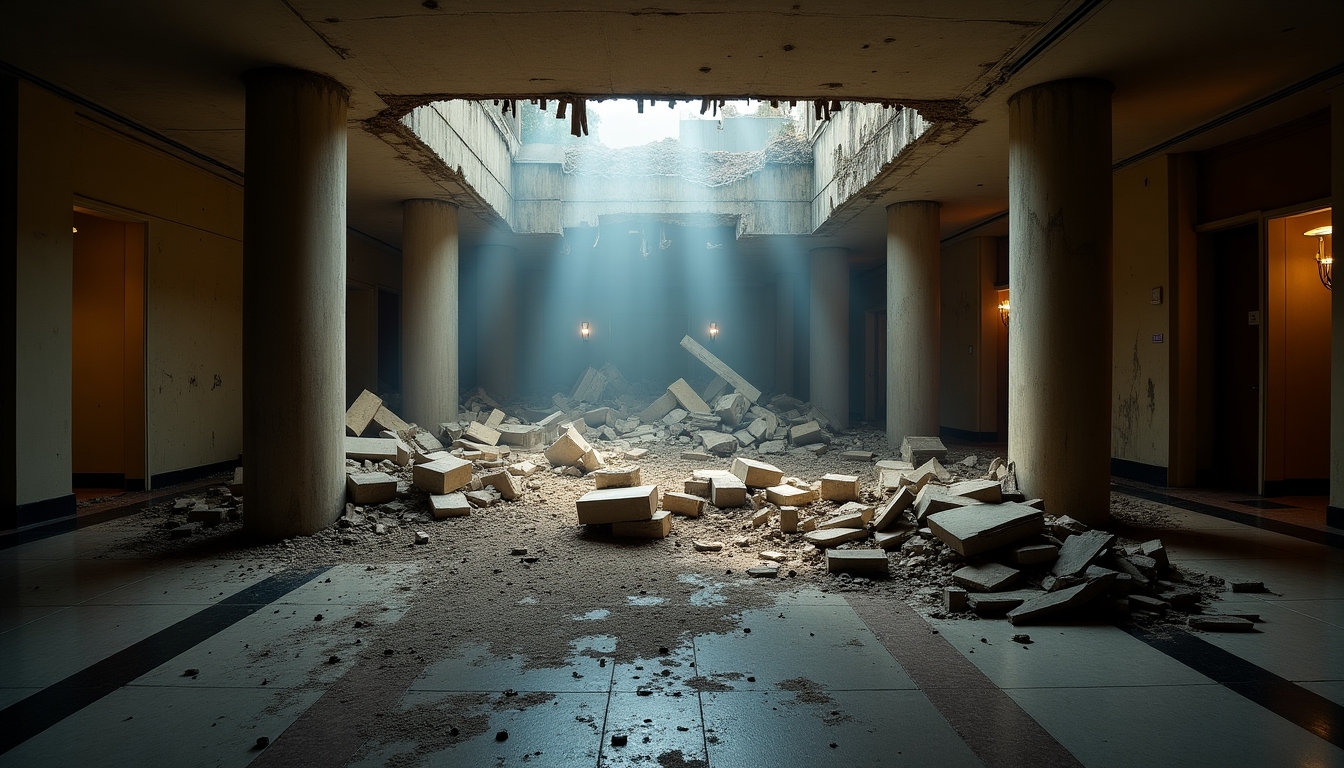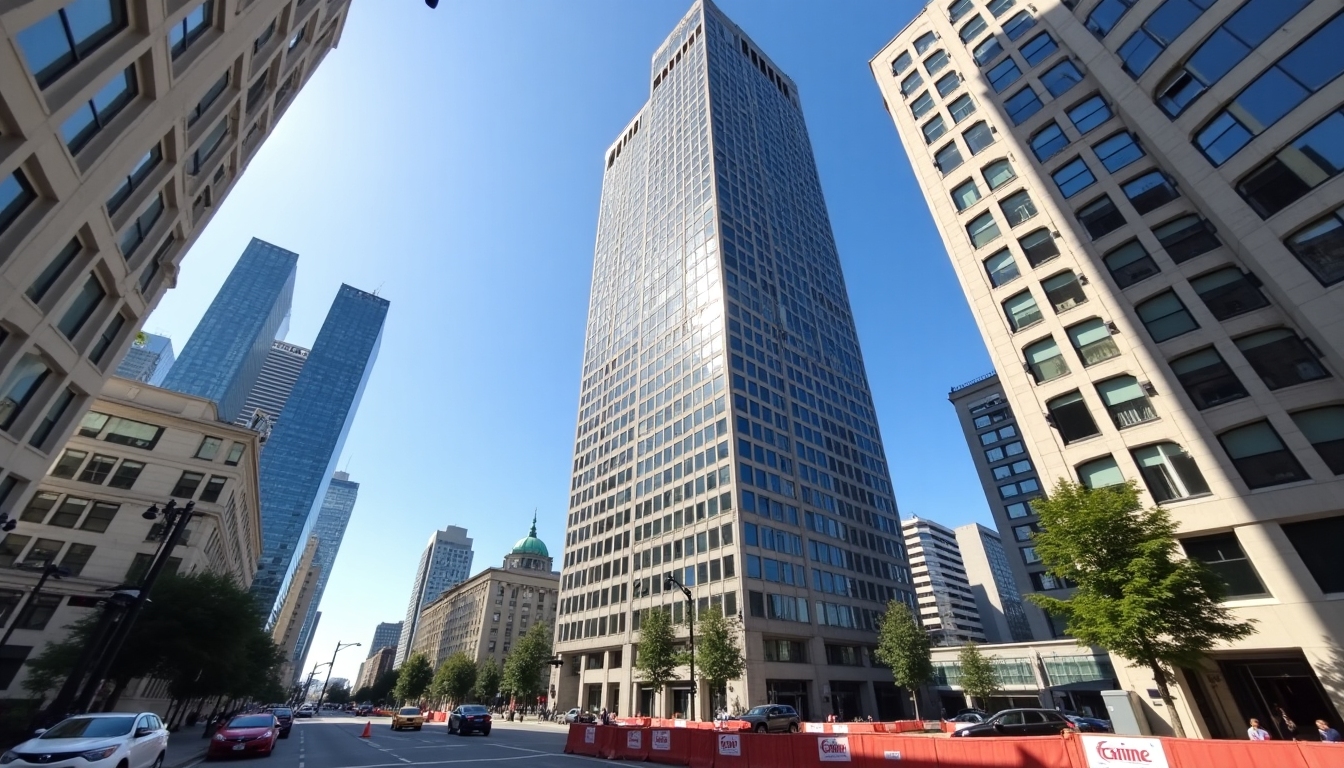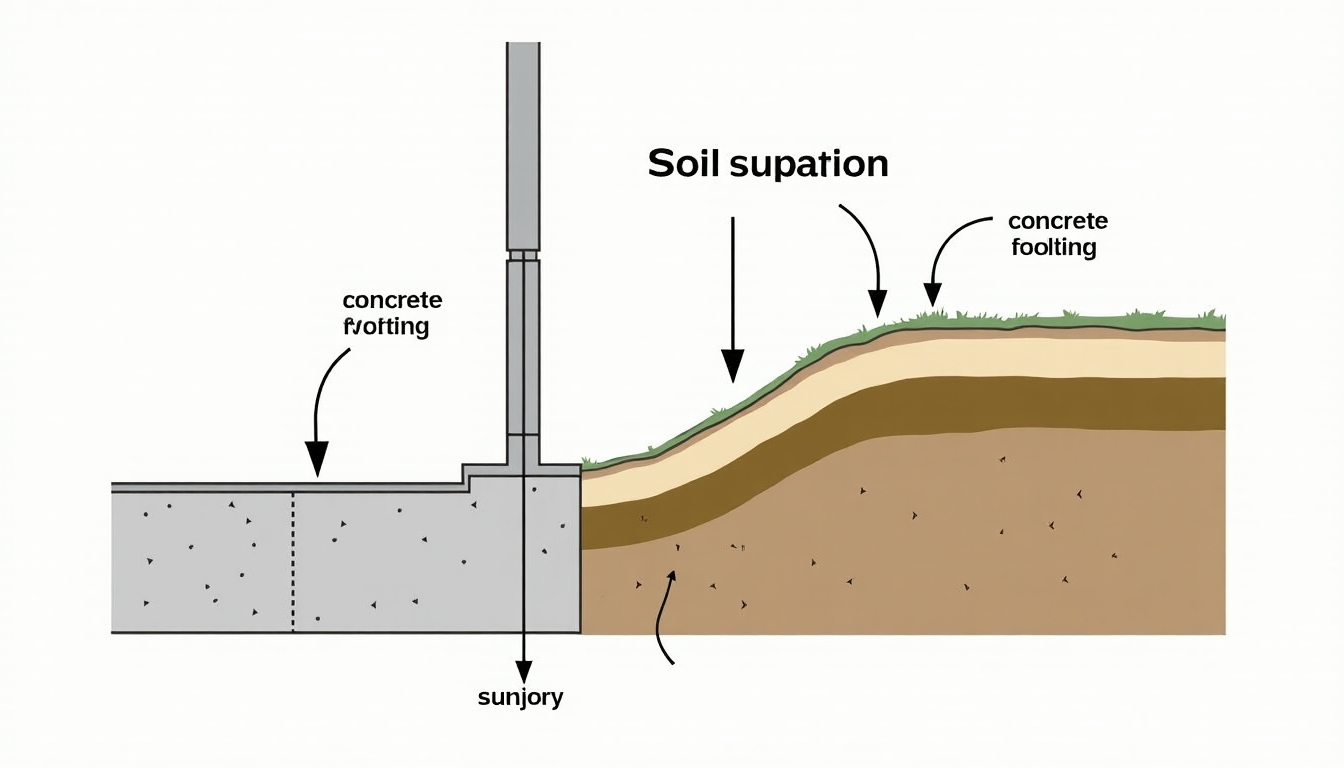Structural Engineering Case Studies: Lessons Learned and Best Practices
Overview
Structural engineering shapes our world, but mistakes can lead to big failures. This article explores structural engineering case studies and lessons learned from famous collapses and challenges. We’ll uncover practical insights to improve future projects, including the role of footing calculation.

Why Case Studies Matter in Structural Engineering
Buildings and bridges don’t just stand on their own—they rely on careful planning and smart design. Structural engineering is all about making sure everything stays up, safe, and strong. But when things go wrong, the lessons stick with us. Studying past projects helps engineers spot risks early and build better. Over the years, I’ve seen how these stories drive real change on the job site.
Case Study 1: Tacoma Narrows Bridge
Back in 1940, the Tacoma Narrows Bridge in Washington state opened with a sleek, modern look. People called it 'Galloping Gertie' because it swayed in the wind. Four months later, on November 7, a steady breeze turned that sway into wild twists. The bridge collapsed into the river below.
What went wrong? The design focused too much on looks and not enough on wind effects. Engineers didn’t test how the bridge would handle steady gusts. That failure taught us a big lesson: beauty can’t trump safety. Now, wind tunnel tests are a must for bridges with long spans.

Case Study 2: Hyatt Regency Walkway Collapse
In Kansas City, 1981, the Hyatt Regency hotel was buzzing with a dance party. Then, two walkways hanging above the lobby crashed down. It was a tragedy—114 people lost their lives. The cause? A last-minute change during construction.
The original plan used one long rod to hold up both walkways. But the builders split it into two shorter rods, doubling the weight on a key connection. No one double-checked the tweak. That day taught me how vital it is to talk clearly with everyone involved—designers, builders, everyone—and review every change carefully.

Case Study 3: Millennium Tower Sinking
Fast forward to San Francisco, 2009. The Millennium Tower, a shiny 58-story giant, promised luxury living. But soon after people moved in, it started sinking—over 18 inches by now—and tilting to one side. Residents felt uneasy, and engineers scratched their heads.
The problem? The foundation didn’t go deep enough. Instead of hitting bedrock, it sat on thick sand with piles meant to grip tight. But the ground shifted more than expected. This mess shows why footing calculation matters so much. It’s not just about holding weight today—it’s about keeping things steady for years.

Digging Into Footing Calculation
Since the Millennium Tower brought it up, let’s talk footing calculation. It’s how engineers figure out the base a building needs to stay put. You start by adding up all the weight—walls, floors, people, everything. Then, you check the soil. Is it rock-solid or soft mud? That decides how big and deep the footing should be.
Here’s a quick rundown:
- Step 1: Add up the total load (stuff that stays plus stuff that moves).
- Step 2: Test the soil’s strength.
- Step 3: Size the footing so it spreads the weight right.
- Step 4: Set the depth to dodge frost or weak spots.
Get this wrong, and you’re asking for trouble—like a skyscraper playing lean-to.

What These Cases Teach Us
Looking at these structural engineering case studies and lessons learned, patterns pop up. First, design isn’t just about what you see—wind, weight, and soil play huge roles. Second, teamwork saves lives. When plans change, everyone needs to know and agree. Third, the ground beneath matters as much as the steel above.
Today, we’ve got tools like computer models to test designs before digging starts. I’ve used them myself to catch weak spots early. But tools don’t replace know-how. Paying attention and learning from the past keep us sharp.
Putting Lessons to Work
So, how do we use this? On every project, I push for extra checks—wind tests for bridges, soil drills for towers. Clear chats with builders catch slip-ups fast. And footing calculation? It’s non-negotiable. I once worked on a warehouse where we doubled the footing size after a soil test. It cost more upfront, but that building’s still standing strong.

A Quick Look Back
Here’s a snapshot of what we’ve covered:
| Case Study | Year | Problem | Takeaway |
|---|---|---|---|
| Tacoma Narrows Bridge | 1940 | Wind twisted it apart | Test for wind effects |
| Hyatt Regency Walkway | 1981 | Bad design change | Review every tweak |
| Millennium Tower | 2009 | Weak foundation | Nail the footing calculation |
These stories remind us: small steps make big differences.
Wrapping Up
Structural engineering case studies and lessons learned aren’t just history—they’re guides for tomorrow. The Tacoma collapse, Hyatt tragedy, and Millennium tilt show us where we tripped up. By focusing on smart design, clear talks, and solid footing calculation, we build safer. Keep learning, keep checking, and our cities will stand taller and stronger.






